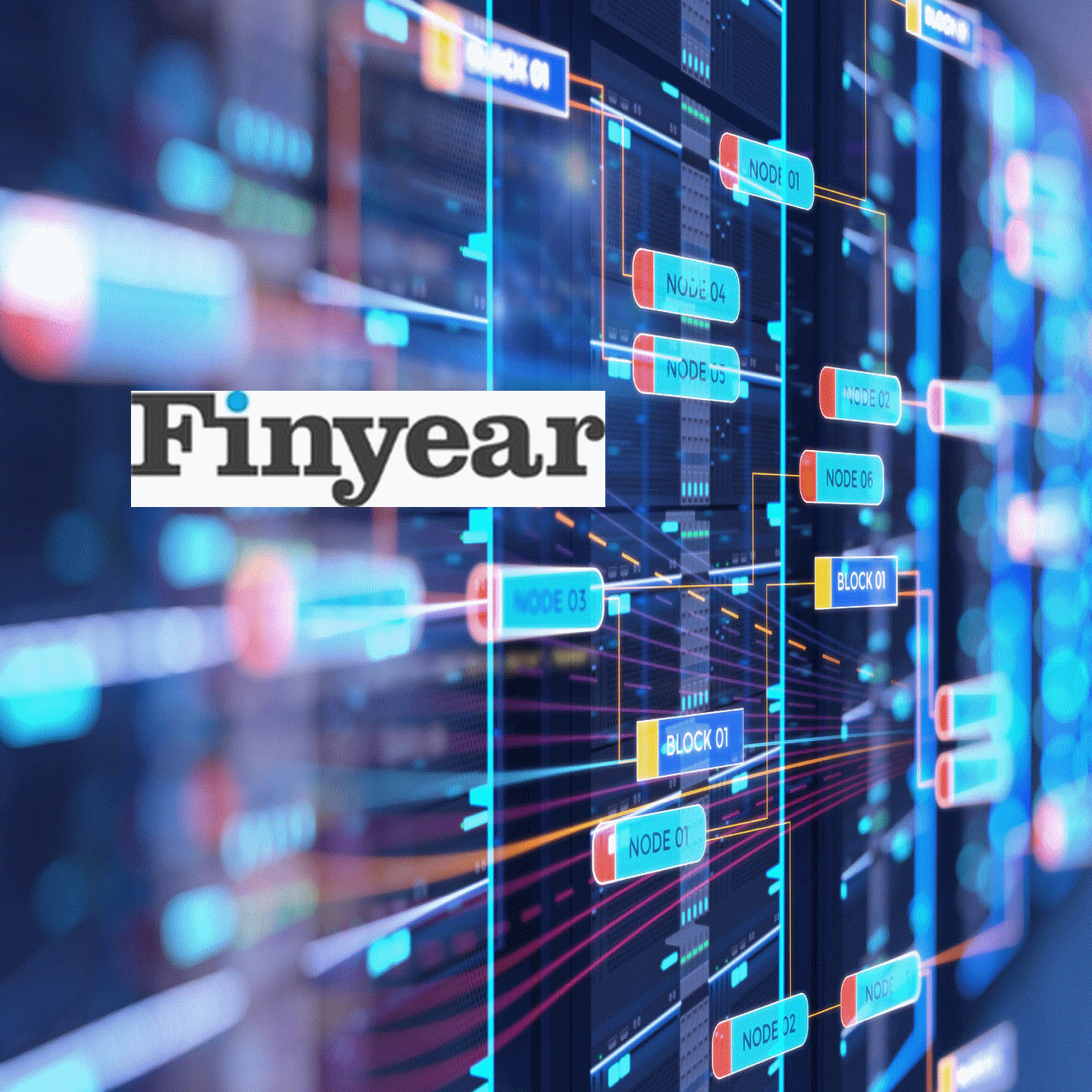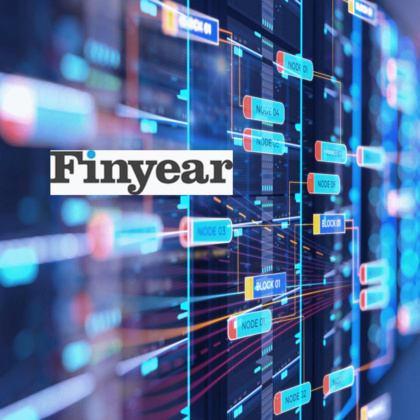Lava Network already includes support for over 15 networks including the likes of Cosmos Hub, StarkNet, Polygon, Ethereum and Juno. Although omnichain by design, it is also focused on providing Remote Procedure Call (RPC) to underserved and emergent blockchain ecosystems such as Cosmos and Ethereum Layer 2s. Anyone is able to easily propose new chains; in the future, support for these specifications will be implemented by open-source contributors and serviced by incentivized providers.
Yair Cleper, CEO of Lava Network said: “To interact with a blockchain, you need to access nodes via a client-server communication protocol called RPC. Especially if you want to build on different chains, RPC service is a fragmented experience - developers either use rate-limited public endpoints, run their own nodes or, as is typically the case, rely on centralized providers. Lava powers the open standard for RPC and APIs on any chain.
We are building the best API tools for blockchain access, including a protocol which connects apps peer-to-peer with a decentralized network of RPC providers. Support for new chains can quickly scale to meet market demand, and providers are incentivized to offer service as soon as new specifications are introduced. We also reduce reliance on any single authority, maximizing privacy and data integrity. Decentralization is the means to a higher quality of service than any individual centralized provider can offer.”
Using cryptographically-signed messages and token-aligned incentives for service accountability, Lava Network removes trust assumptions with blockchain APIs. The protocol coordinates a decentralized network of top-tier API providers that developers can subscribe to for access to any blockchain. Providers are rewarded for their quality of service and incentivized to offer maximum speed, data integrity and uptime. Session pairings are regularly changed according to quality of service, so anyone can query or send transactions on-chain without being profiled or frontran. The protocol, paired with the Lava Blockchain which is built using the renowned Cosmos SDK, together create a peer-to-peer, decentralized network for blockchain read/write.
Gil Binder, CTO of Lava Network said: “When I was working on MEV, it struck me that all the blockchain data I consumed emanated from only a small handful of node providers. These entities have full visibility into your queries, and users are expected to rely on trust-based data that can’t be verified as originating from the blockchain. Scalability is also an issue, as relying on one or two providers or even your own nodes is often impractical for large volumes of traffic. Lava coordinates apps and providers into an open network for blockchain access, where each provider is rewarded according to their quality of service and any chain can quickly bootstrap their RPC access for developers.”
About Lava Network
Lava is a decentralized network of RPC and API providers that developers can subscribe to for access to any blockchain. Providers are rewarded for their quality of service, meaning apps and users get maximum speed, data integrity and uptime. Session pairings are regularly changed according to quality of service, so anyone can query or send transactions on-chain without being profiled or frontran. Lava helps developers build web3-native apps on any chain, while giving users the best possible experience.
Yair Cleper, CEO of Lava Network said: “To interact with a blockchain, you need to access nodes via a client-server communication protocol called RPC. Especially if you want to build on different chains, RPC service is a fragmented experience - developers either use rate-limited public endpoints, run their own nodes or, as is typically the case, rely on centralized providers. Lava powers the open standard for RPC and APIs on any chain.
We are building the best API tools for blockchain access, including a protocol which connects apps peer-to-peer with a decentralized network of RPC providers. Support for new chains can quickly scale to meet market demand, and providers are incentivized to offer service as soon as new specifications are introduced. We also reduce reliance on any single authority, maximizing privacy and data integrity. Decentralization is the means to a higher quality of service than any individual centralized provider can offer.”
Using cryptographically-signed messages and token-aligned incentives for service accountability, Lava Network removes trust assumptions with blockchain APIs. The protocol coordinates a decentralized network of top-tier API providers that developers can subscribe to for access to any blockchain. Providers are rewarded for their quality of service and incentivized to offer maximum speed, data integrity and uptime. Session pairings are regularly changed according to quality of service, so anyone can query or send transactions on-chain without being profiled or frontran. The protocol, paired with the Lava Blockchain which is built using the renowned Cosmos SDK, together create a peer-to-peer, decentralized network for blockchain read/write.
Gil Binder, CTO of Lava Network said: “When I was working on MEV, it struck me that all the blockchain data I consumed emanated from only a small handful of node providers. These entities have full visibility into your queries, and users are expected to rely on trust-based data that can’t be verified as originating from the blockchain. Scalability is also an issue, as relying on one or two providers or even your own nodes is often impractical for large volumes of traffic. Lava coordinates apps and providers into an open network for blockchain access, where each provider is rewarded according to their quality of service and any chain can quickly bootstrap their RPC access for developers.”
About Lava Network
Lava is a decentralized network of RPC and API providers that developers can subscribe to for access to any blockchain. Providers are rewarded for their quality of service, meaning apps and users get maximum speed, data integrity and uptime. Session pairings are regularly changed according to quality of service, so anyone can query or send transactions on-chain without being profiled or frontran. Lava helps developers build web3-native apps on any chain, while giving users the best possible experience.
------------------------------------------------------------------------
Disclaimer: The text above is a press release that was not written by Finyear.com.
The issuer is solely responsible for the content of this announcement.
Avertissement : Le texte ci-dessus est un communiqué de presse qui n'a pas été rédigé par Finyear.com.
L'émetteur est seul responsable du contenu de cette annonce.
-------------------------------------------------------------------------
Les avis financiers et/ou économiques présentés par les contributeurs de Finyear.com (experts, avocats, observateurs, bloggers, etc...) sont les leurs et peuvent évoluer sans qu’il soit nécessaire de faire une mise à jour des contenus. Les articles présentés ne constituent en rien une invitation à réaliser un quelconque investissement.
The financial and/or economic opinions presented by Finyear.com contributors (experts, lawyers, observers, bloggers, etc.) are their own and may change without the need to update the content. The articles presented do not constitute an invitation to make any investment.
Disclaimer: The text above is a press release that was not written by Finyear.com.
The issuer is solely responsible for the content of this announcement.
Avertissement : Le texte ci-dessus est un communiqué de presse qui n'a pas été rédigé par Finyear.com.
L'émetteur est seul responsable du contenu de cette annonce.
-------------------------------------------------------------------------
Les avis financiers et/ou économiques présentés par les contributeurs de Finyear.com (experts, avocats, observateurs, bloggers, etc...) sont les leurs et peuvent évoluer sans qu’il soit nécessaire de faire une mise à jour des contenus. Les articles présentés ne constituent en rien une invitation à réaliser un quelconque investissement.
The financial and/or economic opinions presented by Finyear.com contributors (experts, lawyers, observers, bloggers, etc.) are their own and may change without the need to update the content. The articles presented do not constitute an invitation to make any investment.
Autres articles
-
Deblock, la fintech s'offre le 2nd agrément PSAN attribué par l'AMF
-
Crypto : Les grands magasins Printemps en partenariat avec Binance Pay et Lyzi pour accepter les paiements en cryptomonnaie
-
Quelles sont les règles concernant le rachat d'un PER ?
-
Tony Fadell, inventeur de l’iPod et de Ledger Stax, rejoint le conseil d’administration de Ledger
-
La loi web 3 vue par ... Arnaud Touati : "La fiscalité des cryptomonnaies en France, mode d’emploi pour particuliers et entreprises"
















